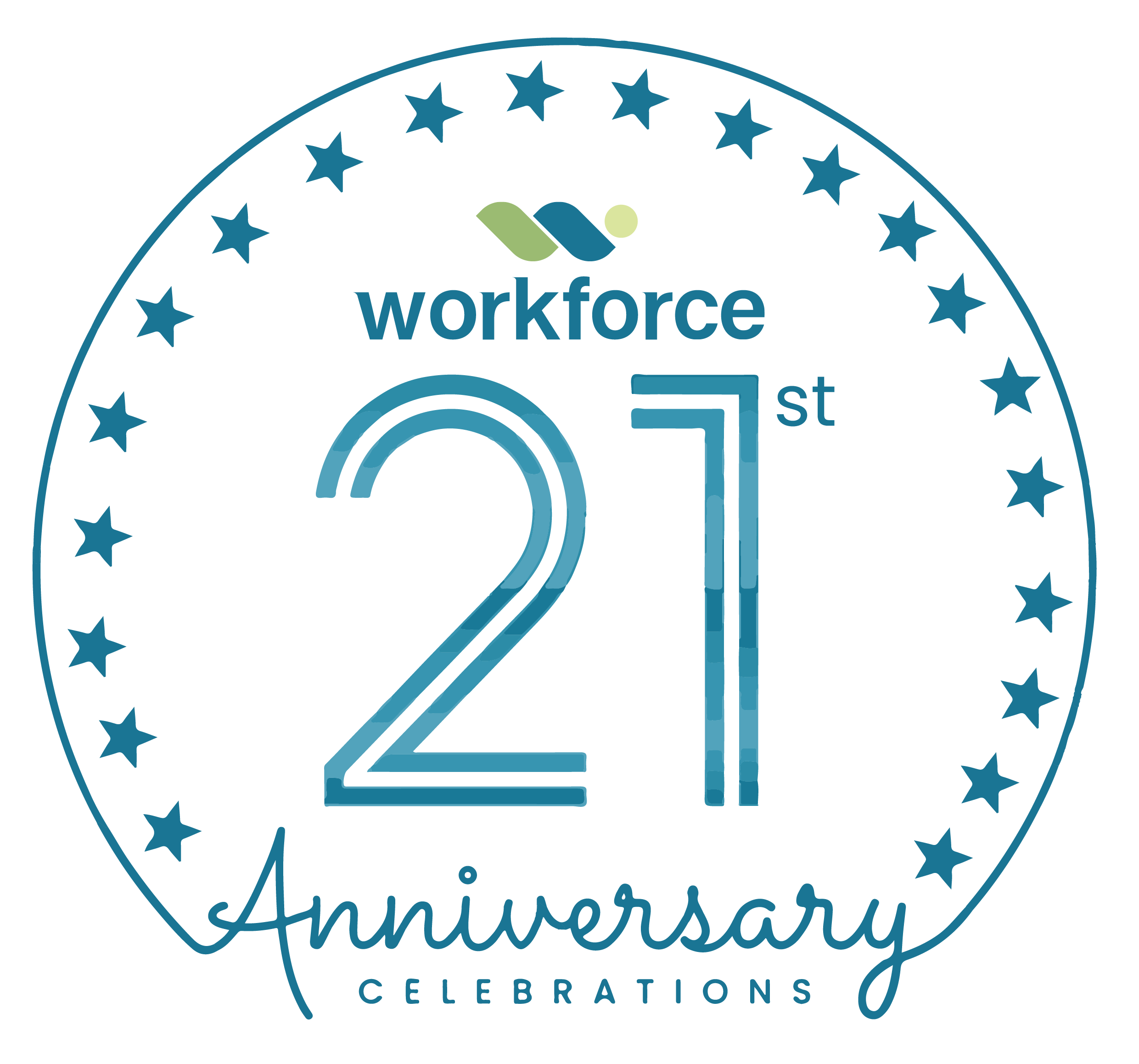Learning in the African context is more than just acquiring new knowledge—it is about driving measurable, meaningful performance within organisations.
As African businesses face unique challenges, such as diverse cultural dynamics, rapidly evolving markets, and resource constraints, the traditional “one-size-fits-all” training model falls short.
Instead, there is a critical need for tailored, high-impact learning programmes that equip employees with the tools they need to excel and contribute to the organisation’s success.
For HR leaders, it’s essential to view learning not merely as an obligation but as a strategic initiative. This mindset shift—from compliance-based checklists to designing impactful learning experiences—can significantly enhance employee engagement while delivering tangible value.
Creating such programmes involves understanding the unique challenges of African learners and crafting solutions that resonate with them.
The following guide delves into why customized, high-impact learning is vital for Africa’s workforce and how organizations can design learning programs that foster long-lasting, high-impact outcomes.
The Case for High-Impact Learning in Africa
High-impact learning (HIL) stands out because it focuses on driving specific outcomes, such as improved performance, enhanced problem-solving skills, or increased adaptability. Unlike conventional methods, HIL is goal-oriented, emphasizing deep learning that sticks.
Here are three compelling reasons why HIL is essential for African organizations and their learners:
Rapid Skill Acquisition for a Dynamic Environment
Africa’s business landscape is marked by rapid change, technological advancements, and shifting economic conditions. In this environment, organizations cannot afford to have employees spending excessive time on learning without seeing results.
Why It Matters:
High-impact learning enables faster skill acquisition by focusing on the most critical skills. It equips employees to quickly adapt to new roles, technologies, or processes, ensuring the organization remains competitive.
Example in Action: A tech company in Lagos implemented an HIL program focused on agile project management. Instead of lengthy courses, employees engaged in short, hands-on workshops and simulations.
Within weeks, the company noticed a significant improvement in project delivery times and client satisfaction.
Immediate Application for Real-World Challenges
African organizations face unique challenges, from infrastructural issues to regulatory complexities. Learning that can be immediately applied to solve these real-world problems is invaluable.
Why It Matters:
High-impact learning emphasizes practical application, ensuring that employees not only understand new concepts but also know how to implement them in their roles.
Example in Action: In Kenya, a financial services firm adopted HIL to train employees on data-driven decision-making. By using real company data in their training simulations, employees were able to apply their learning directly to ongoing projects. This led to more informed decisions and a noticeable increase in operational efficiency.
Enhanced Engagement and Retention
Traditional learning methods often struggle to engage today’s learners, especially younger employees who seek more interactive and meaningful experiences. High-impact learning addresses this by making learning relevant, engaging, and tied to personal and professional growth.
Why It Matters:
Engagement is a key driver of learning retention. When employees see the immediate value of their learning, they are more likely to remain invested in the process, which leads to better outcomes for both the individual and the organization.
Example in Action: A South African retail company shifted from traditional classroom training to an HIL approach focused on customer service. By using role-playing, gamification, and feedback loops, employees became more engaged and started exceeding customer service expectations, which in turn boosted sales.
Types of High-Impact Learning & Performance Programmes
High-impact learning is not a one-size-fits-all solution. Different organizations will benefit from different types of programmes based on their unique challenges and objectives. However, some common high-impact programs that African organizations can implement include:
1. Leadership Development Programs
These programs focus on building the skills necessary for effective leadership, such as decision-making, communication, and strategic thinking.
2. Change Management Training
As organizations undergo transformations, whether through technology adoption or restructuring, change management training helps employees navigate and embrace change.
3. Employee Resilience and Adaptability Programs
In a fast-changing environment, resilience training equips employees to handle stress and adapt to new challenges.
4. Customer Service Excellence Programs
For service-oriented businesses, training employees to deliver exceptional customer service can have a direct impact on the bottom line.
5. Technology Adoption and Digital Skills Training
As digital transformation sweeps across Africa, equipping employees with the necessary tech skills is crucial for success.
How to Implement High-Impact Learning Interventions

Designing and implementing high-impact learning initiatives is a strategic process that requires careful planning and execution. This approach ensures the interventions are tailored to the specific needs of both the organization and its employees while maximizing the learning outcomes.
Here is a step-by-step guide on how to implement high-impact learning initiatives:
1. Conduct a Comprehensive Needs Assessment
Before designing any learning program, it is essential to conduct a thorough needs assessment. This step helps identify the specific performance gaps within the organization and the skills that employees genuinely need to bridge those gaps.
How to Do It:
-
Gather Input from Multiple Sources
Engage key stakeholders, including managers, employees, and subject matter experts, to gain diverse perspectives on the organization’s learning needs.
-
Analyze Performance Data
: Review performance metrics and identify areas where employees are falling short or struggling to meet expectations. This data-driven approach ensures that the learning programs are aligned with organizational goals.
-
Conduct Surveys and Interviews
Use surveys and interviews to collect feedback from employees about their learning preferences and the challenges they face in their roles.
-
Define Clear Learning Objectives
Based on the assessment findings, establish specific and measurable learning objectives that align with the organization’s strategic goals.
2. Design Customized Learning Paths
Once the learning objectives are clear, the next step is to design learning paths tailored to the diverse needs of the organization’s workforce. A customized learning path ensures that employees acquire the necessary skills in the most efficient and effective manner possible.
How to Do It:
Segment the learning paths: Break down the learning content into smaller, manageable modules that align with the identified learning objectives.
-
Incorporate Different Learning Modalities
Use a blend of online courses, workshops, simulations, and on-the-job training to cater to various learning styles and preferences.
-
Leverage Learning Management Systems (LMS)
Utilize an LMS to deliver personalized learning experiences and track employee progress. This technology-driven approach enhances the accessibility and scalability of the learning programs.
3. Create Engaging and Relevant Content
The success of high-impact learning interventions largely depends on the quality and relevance of the learning content. To maximize engagement and retention, it is crucial to create content that resonates with learners and is directly applicable to their roles.
How to Do It:
-
Align Content with Real-World Applications
Develop learning materials that reflect the day-to-day challenges employees face and provide practical solutions. This relevance boosts engagement and ensures that employees can immediately apply what they learn to their jobs.
-
Use Interactive and Multimedia Elements
Incorporate videos, quizzes, simulations, and other interactive elements to make the content more engaging and enhance comprehension.
-
Collaborate with Subject Matter Experts
Work with industry experts to develop content that is both accurate and insightful, ensuring that employees gain valuable knowledge and skills.
4. Implement Blended Learning Solutions

Blended learning combines the best of both worlds—online and face-to-face learning—providing a flexible and comprehensive learning experience. This approach caters to diverse learning preferences and enhances the overall effectiveness of the training programs.
How to Do It:
-
Online Learning
Utilize e-learning platforms to deliver foundational knowledge and theory-based modules. This allows employees to learn at their own pace and revisit materials as needed.
-
Face-to-Face Workshops
: Conduct in-person workshops or seminars to reinforce learning, provide hands-on practice, and facilitate collaboration and networking among employees.
-
On-the-Job Training
: Implement mentorship programs and job shadowing opportunities to provide real-world experience and bridge the gap between theory and practice.
5. Assess Progress and Provide Feedback
Continuous assessment and feedback are critical components of high-impact learning interventions. Regular evaluations help track employee progress, identify areas for improvement, and reinforce learning outcomes.
How to Do It:
-
Implement Formative Assessments
Use quizzes, tests, and assignments to gauge employee understanding and retention of the learning material. These assessments provide valuable insights into the effectiveness of the training and highlight areas where additional support may be needed.
-
Provide Constructive Feedback
: Offer timely and specific feedback to employees, highlighting their strengths and areas for improvement. This feedback helps reinforce learning and encourages employees to take ownership of their professional development.
-
Utilize Analytics Tools
Leverage analytics tools within the LMS to monitor employee progress and engagement. These tools provide data-driven insights into the effectiveness of the learning programs and enable organizations to make informed decisions about future training initiatives.
6. Measure the Impact
Finally, organizations must measure the impact of their high-impact learning interventions to determine their effectiveness and return on investment. This step is crucial for continuous improvement and ensures that the learning programs are driving the desired outcomes.
How to Do It:
-
Set Clear Performance Metrics
Establish key performance indicators (KPIs) to measure the success of the learning programs. These metrics may include improvements in employee performance, productivity, engagement, and retention.
-
Conduct Follow-Up Evaluations
Assess the long-term impact of the learning interventions by conducting follow-up evaluations with employees and managers. This feedback helps identify any residual performance gaps and provides insights into the overall effectiveness of the training programs.
-
Adjust and Refine the Learning Strategies
Based on the evaluation results, continuously refine and adapt the learning strategies to meet the evolving needs of the organization and its workforce.
Conclusion
High-impact learning interventions can transform the way organizations in Africa upskill their employees. By moving away from traditional learning methods and implementing these strategic steps, organizations can design learning programs that truly resonate with their workforce and drive meaningful, long-lasting outcomes.
This tailored approach to corporate learning not only enhances employee performance but also contributes to the organization’s long-term success.
At Workfoce Group, we specialize in helping businesses create customized high-impact learning solutions that cater to their unique needs. Our tailored approach ensures that your corporate learning programs not only meet your organization’s specific objectives but also deliver measurable results.
Ready to elevate your employees’ learning experiences and drive better outcomes? Contact us today to explore our customized learning solutions that align with your organization’s goals and enhance workforce performance. Let us help you transform your corporate learning strategy into one that fosters growth, innovation, and success.
Frequently Asked Questions (FAQs)
- Why are High-Impact Learning (HIL) programs more effective than traditional learning methods?
High-Impact Learning programs are tailored to address specific challenges and objectives faced by employees. Unlike generic training, HIL programs focus on real-world applications and immediate outcomes, which improves retention and engagement.
- How do organizations measure the success of High-Impact Learning interventions?
Organizations can measure success by monitoring key performance indicators such as productivity, problem-solving abilities, and employee engagement. Regular feedback, surveys, and performance data help assess the impact of learning interventions.
- What are some examples of High-Impact Learning programs?
Examples include leadership development, change management training, customer service excellence programs, and digital skills training. These programs are designed to address critical skill gaps and drive specific outcomes.
- Can High-Impact Learning be applied to all types of organizations?
Yes, High-Impact Learning can be customized to suit any organization, regardless of size or industry. The key is to align the learning objectives with the organization’s strategic goals and tailor the programs to meet the unique needs of the workforce.
- How can organizations ensure long-term success with High-Impact Learning?
To ensure long-term success, organizations should continuously assess the effectiveness of their learning programs, adjust strategies based on feedback, and foster a culture of continuous improvement. High-Impact Learning should evolve with the organization’s needs and the changing business environment.

